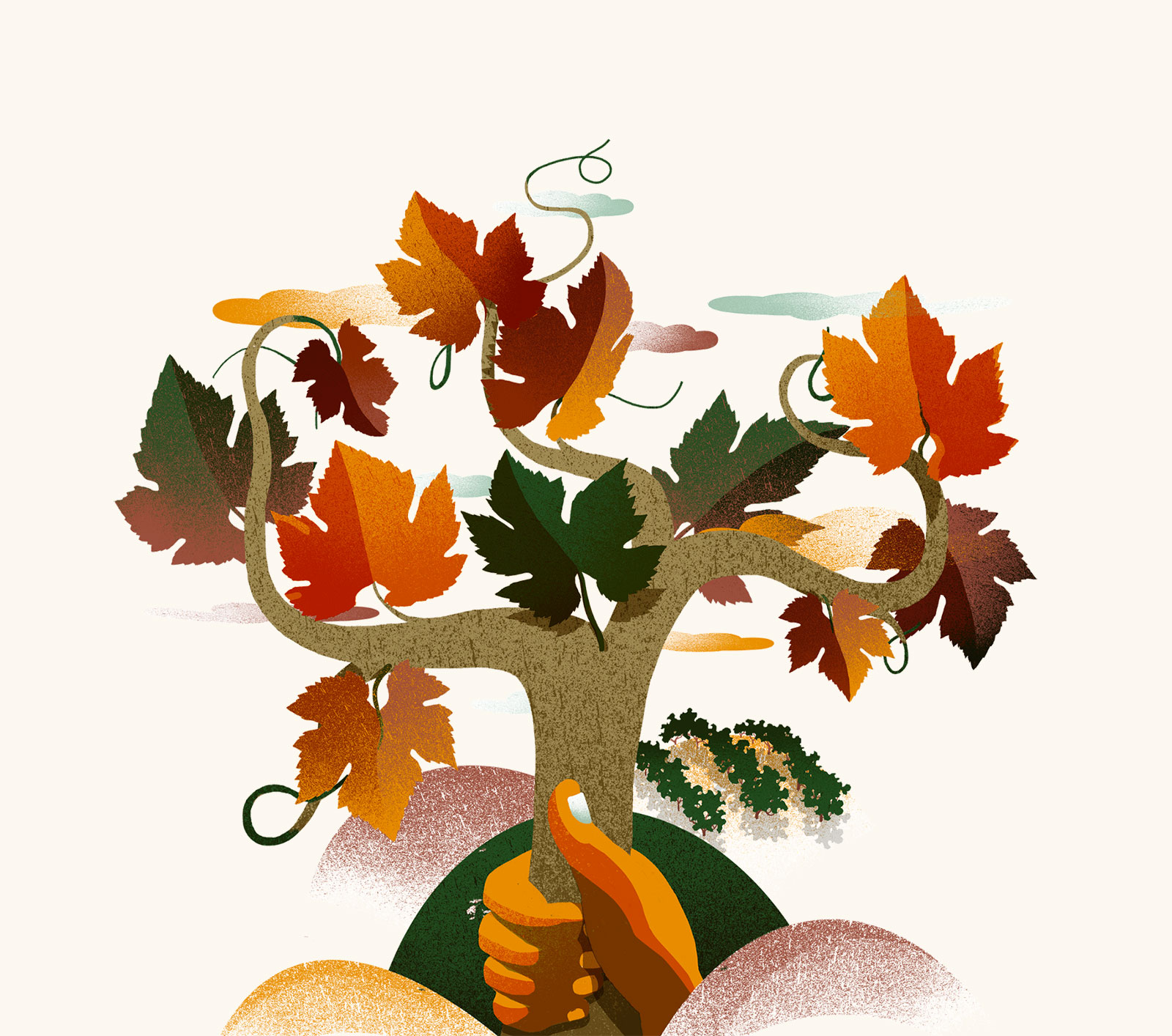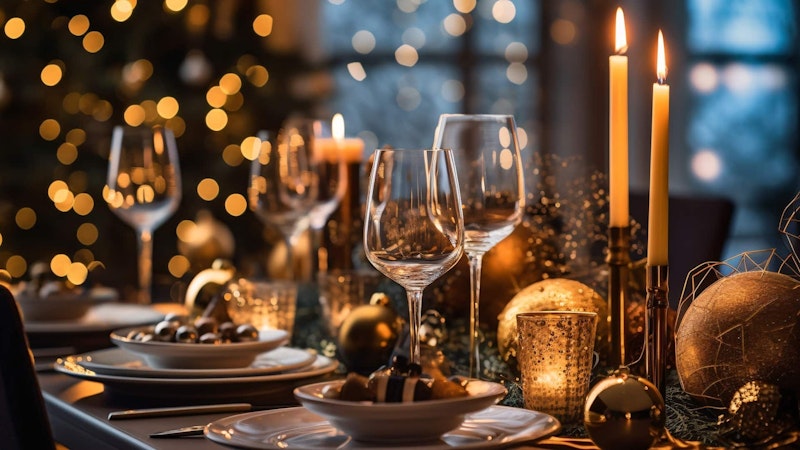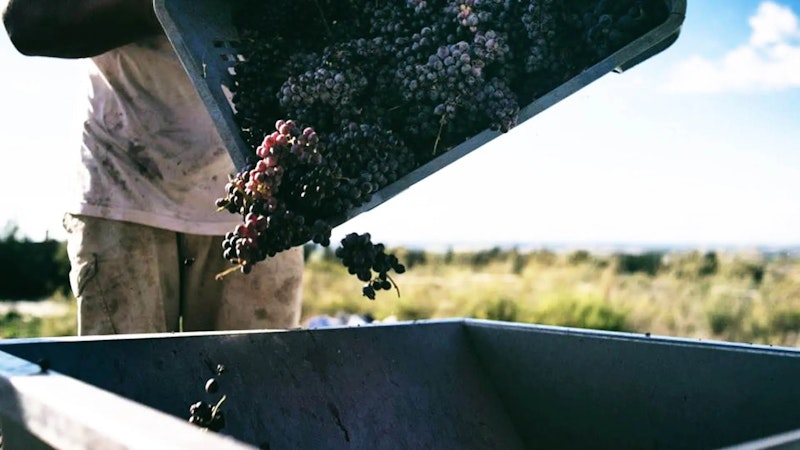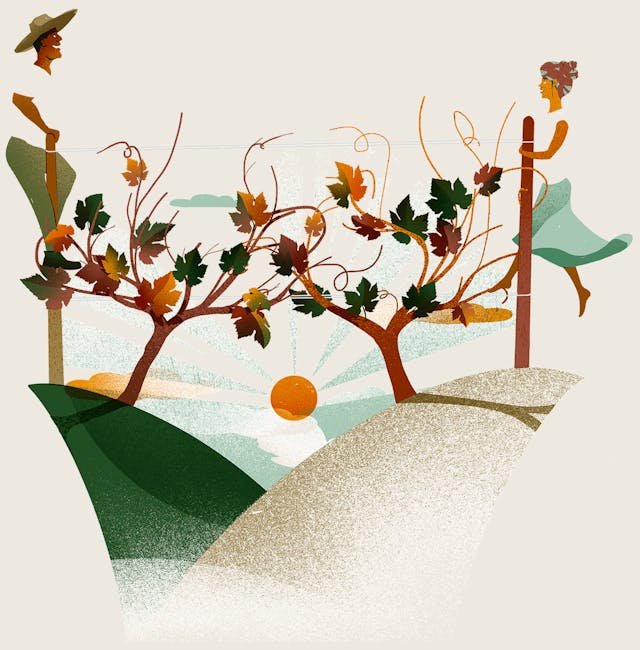Castellari, love for Isola del Giglio and its land
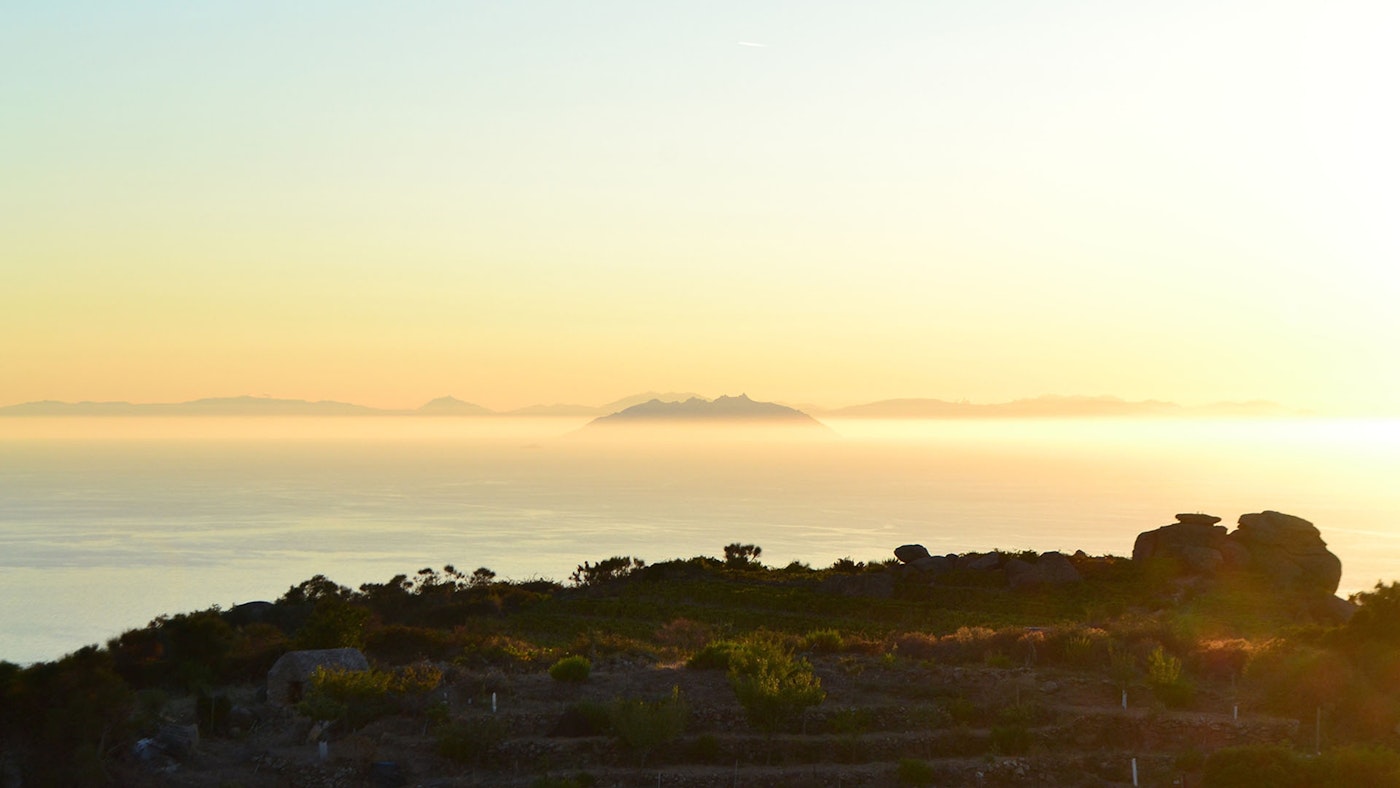
An island made of wind, Mediterranean scrub and granite: the Island of Giglio is the place that enraptured the heart of Simone Ghelli, a Florentine agrarian expert, who in these lands of the Tuscan Archipelago not only found his life partner but also fulfilled his dream of reviving the island's ancient wine-growing tradition, the first traces of which date back to the Greek-Etruscan era. The main grape variety is the Ansonica, the cultivation of which received a considerable boost in the 17th century thanks to the Medici family, great admirers of this wine, who gave farmers plots of land so that this precious heritage would not be lost.
An inheritance collected today by Ghelli and his company Castellari Isola del Giglio, founded in 2012, when, after a ten-year search, he managed to buy the first 3,000 square metres of land, which had been plentiful for some time, and reconvert them into vineyards. The first vinification, with Ansonica grapes purchased on the island, took place in 2013, followed in 2014 by the purchase of another 3 thousand square metres of land, until reaching the 1.2 hectares that today represent the beating heart of the company. Viticulture here is heroic: the vines grow on very steep slopes, all operations and even the harvest must be carried out by hand, in conditions of no small effort.
PHILOSOPHY
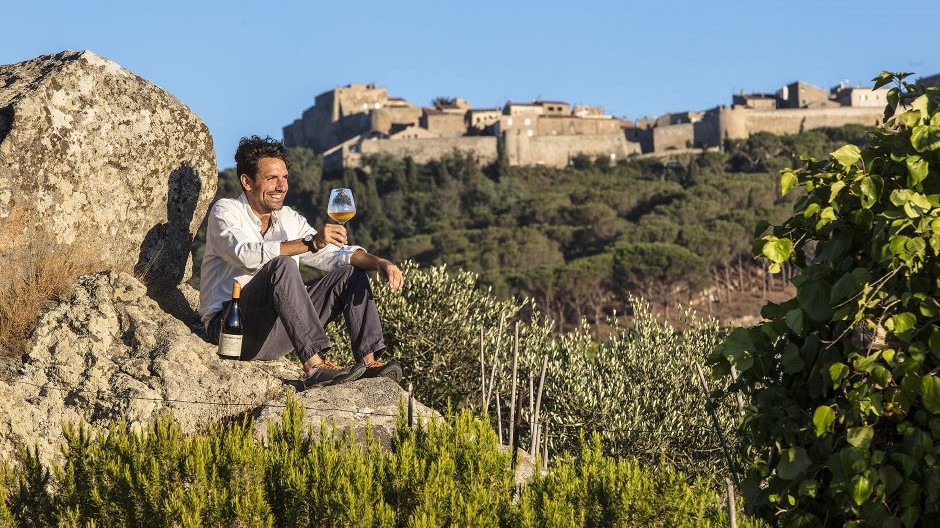
The Castellari Isola del Giglio project places the vine at the centre of everything: "A plant that has given me the most precious thing I have and that I decided to cultivate in a difficult and heroic place, from which everyone seemed to be running away, just think that in the 1950s wine production was very flourishing, while when I arrived - thanks to the phylloxera that severely damaged the vineyards - there were only about fifteen hectares under vine. Fortunately, something has changed in recent years and viticulture is being reborn thanks to valuable recovery work,' says Ghelli.
The winery's philosophy is thus based on absolute respect for the vine: biodynamic practices are followed in the vineyard and no chemical products or herbicides are used, only sulphur and, more rarely, copper. The plots of land are worked strictly by hand and with spade forks, without any help from mechanical means. An important work of recovery of the old vines (two out of three cultivated vineyards are between 40 and 60 years old) that has required maximum dedication and commitment to make the most of the characteristics of this unique terroir and to produce an authentic and identity wine that reflects the strong character of the island and its inhabitants.
THE VINEYARDS
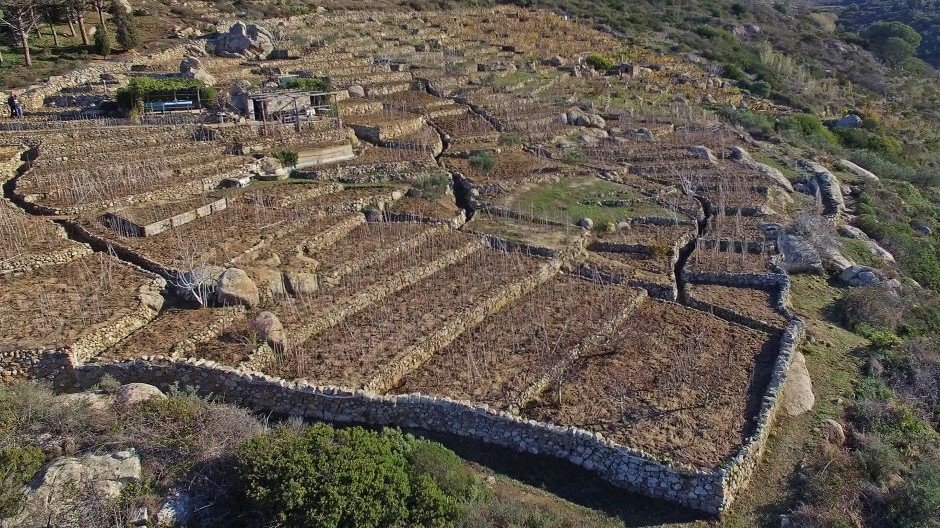
Planted in granite soil, Castellari Isola del Giglio's American-trained vines are grown and pruned using the alberello system, a system typical of the ancient Mediterranean tradition, in the three vineyards owned by the company. Although all three are located on the western side of the island, along the coast overlooking Corsica, the vineyards are subject to different microclimatic conditions, which strongly influence the characteristics of the grapes.
The first, Castellari, from which the winery derives its name, located 50 metres above sea level, in the southernmost part of the island, suffers from a poorly ventilated climate and very high temperatures; very hot temperatures also for the Saetta vineyard, located 180 metres above sea level, which faces directly onto the waters of the archipelago and is caressed by the wind, producing grapes with an intense organoleptic profile. Also located at 180 metres above sea level is Vernaccio, a vineyard subject to significant temperature fluctuations but sheltered from the Sirocco winds: a combination of climatic factors that make the grapes produced from these vines stand out for their refined and highly perfumed notes.
From the blend of these grapes with their unique characteristics comes an Ansonica that is decisive, elegant and modern while evoking the tradition and flavours of the wine once produced on the island.
NUMBERS AND INVESTMENTS
At the heart of the company are the Ghelli couple: Simone, who looks after the cultivation of the land and all the winemaking operations that take place in the cellar, and Desy, who is involved in sales management as well as reception and communication. Tasting activities are instead entrusted to the company's only employee.
Starting out with a production limited to just 250 bottles, Castellari Isola del Giglio has grown exponentially over the years to 2-3,000 bottles a year and a turnover of around 50,000 euros.
Among the projects in progress, on which Ghelli is working, is the desire to transform the vineyards of Castellari Isola del Giglio into a place of art, installing antique doors in the vineyards, whose square 'tiles' will be painted by various artists but also by visitors.
From May to September, it is possible to enjoy a glass of Ansonica at sunset on the beautiful terrace, overlooking the bay of Campese, of the Saetta vineyard, reached by a short walk along the mule track.
Calzo della Vignia: a red wine disguised as a white wine
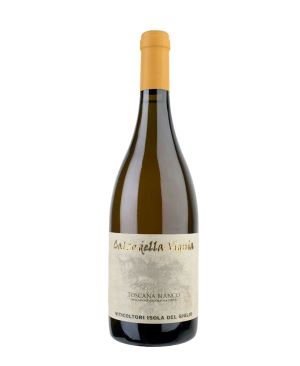
Calzo della vignia
Average number of bottles produced per year: 2/3,000
Last vintage produced: 2020
First year of production: 2013
Grapes: 100% Ansonica
Soil geology: granite
Yield per hectare: 20/30 quintals/hectare
Harvest: by the end of August
Price to the public: 40 euros
"A red wine disguised as a white wine", is how Ghelli defines his Calzo della vignia (from the way the vine is called on the island, i.e. calzo), a 100% Ansonica that comes from grapes harvested and selected by hand in the three vineyards Castellari, Saetta and Vernaccio, then subjected in the cellar to spontaneous fermentation and maceration on the skins in steel for 4 months. Afterwards, the wine is aged 6/8 months in steel and wooden tonneaux, and then refined 24 months in the bottle. The result is a wine of great character, with a bright orange colour that deceives the eye at first glance by recalling a passito. The nose is striking for its notes of Mediterranean scrub with hints of dried fruit and apricot, while on the palate it is fresh and savoury, long and elegant, with a marked tannic component that makes it perfect with dishes such as Florentine steak, roast fish, caciucco alla livornese, anchovies and blue cheeses.
